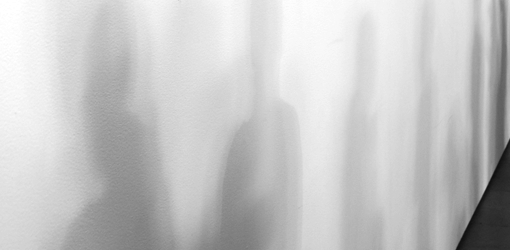In Conversation with Bruce Nussbaum
Posted on November 28, 2010 | posted by:Several weeks ago, Bruce Nussbaum graced the TD studio with his wit and wisdom. In a brief conversation, between carefully calculated bites of a Banh mi, Bruce again posed the question (initially published by Fast Company on July 7, 2010): “Is Humanitarian Design the New Imperialism?”
The short answer –yes. There is a cadre of cultural imperialists propagating within the pool of humanitarian designers.
Since the United Nations’ post-WWII global initiative segmented humanity according to their relative level of economic development, a new population has emerged – the design imperialists. Why did this occur? Perhaps the primary motivation was our zealous and, yes, Eurocentric pursuit of a global capitalist culture (Fry, Design Futuring).
Enter the “missionaries of democracy” – an “army” of young Americans serving to thwart the stereotype of the “Ugly American.” In his inaugural address, President John F. Kennedy delivered his plea, “… my fellow Americans: ask not what your country can do for you—ask what you can do for your country.”
And so it was, on March 1, 1961, by Executive Order 10924, the Peace Corps was christened as the new American Empire.
Among thousands of comrades, Bruce Nussbaum answered President Kennedy’s plea and set sail to the Philippines. During our conversation, Bruce candidly confessed that his experience in the Peace Corps contributes to his current hypothesis regarding the relationship between humanitarian design and cultural imperialism.
When considering the Peace Corps model, I find several points of disconnections, including:
1. Development and privilege are mutually exclusive.
2. Socio-ecological fitness is dependent upon emergent systems.
3. There is a fundamental difference between want and need.
In the words of Monsignor Ivan Illich, in his address entitled “To Hell with Good Intentions” delivered to the Conference on InterAmerican Student Projects (CIASP), on April 20, 1968:
“If you have any sense of responsibility at all, stay with your riots here at home. Work for the coming elections: you will know what you are doing, why you are doing it, and how to communicate with those to whom you speak. And you will know when you fail. If you insist on working with the poor, if this is your vocation, then at least work among the poor who can tell you to go to hell. It is incredibly unfair for you to impose yourselves on a village where you are so linguistically deaf and dumb that you don’t even understand what you are doing, or what people think of you.”
Finally, justification! For six years, I contemplated joining the Peace Corps. Yet I never submitted the application. What was holding me back? Many of the same questions that Mr. Nussbaum grapples with in regard to the integrity of humanitarian design.
…
Up Next : Design Futuring . Vygotsky Strikes Back
As outlined on their website: Peace Corps service is a life-defining leadership experience. Since 1961, the Peace Corps has shared with the world America’s most precious resource – its people.
I agree – “America’s most precious resource is its people.” However, in an effort to level the playing field of development, I would like to challenge the Peace Corps to consider humanity as the world’s most precious resource.
